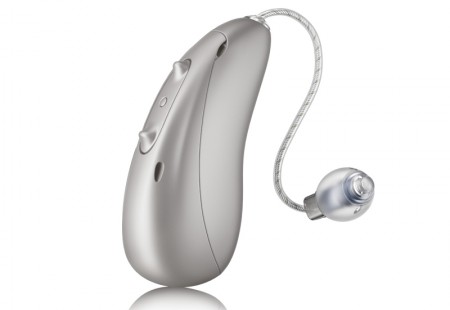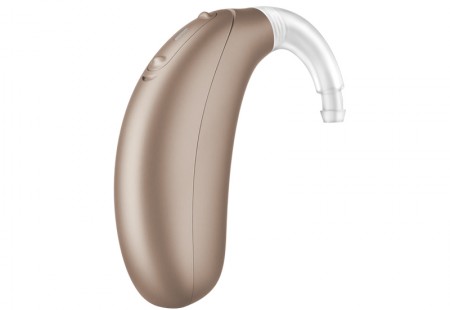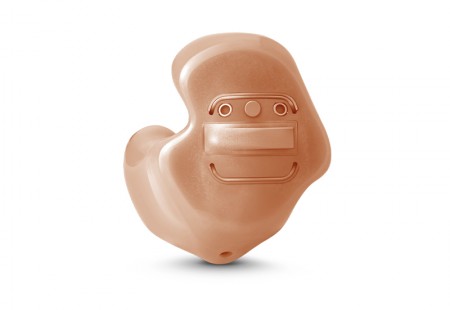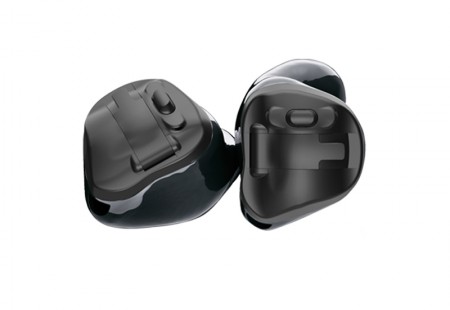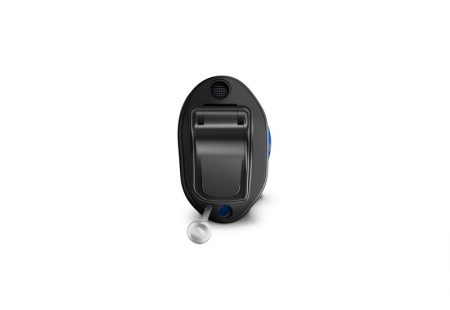Find the style that suits you
Hearing aids come in all shapes, sizes and colours, and some designs suit certain types of hearing loss better than others. Your audiologist will explain the options and help you choose the style that works best for you.


